Engineer Ken Keiter recently came into possession of one SpaceX Starlink user terminal, the satellite dish that SpaceX nicknamed "Dishy McFlatface." But instead of plugging it in and getting Internet access from SpaceX's low Earth orbit (LEO) satellites, Keiter decided to take Dishy apart to see what's inside.
The teardown process destroyed portions of the device. "I would love to actually test out the [Starlink] service and clearly I didn't get a chance to, as this went a little bit further than I was intending," Keiter said toward the end of the 55-minute teardown video he posted on YouTube last week.
Keiter, who lives in Portland, Oregon, was impressed by the Starlink team's work. "It's rare to see something of this complexity in a consumer product," he said in reference to the device's printed circuit board (PCB), which he measured at 19.75" by 21.5".
Let's take a look at what Keiter found inside Dishy.
The first layer
With the satellite dish face down, Keiter pulled off the back panel and found the motor assembly that Dishy uses to reposition itself to get a direct view of SpaceX satellites:
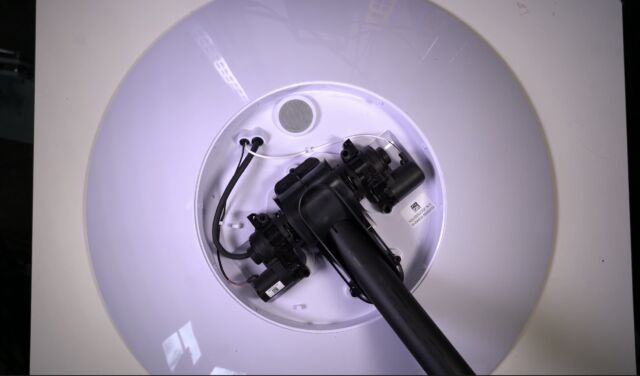
Keiter was intrigued by the Ethernet cable. "A lot of people have been asking why you can't replace the cable on your own, 'why can't I just have a jack that I plug my own cable into in the back of Dishy?' Well, there's a really interesting reason for this and it has to do with power delivery," Keiter said.
Power over Ethernet is usually limited to about 30 watts, but new standards allow for greater power delivery that can meet Dishy's need for about 100 watts, Keiter said. Dishy uses a thick, "well-shielded" Ethernet cable that can deliver data and the required power without over-heating, he said.

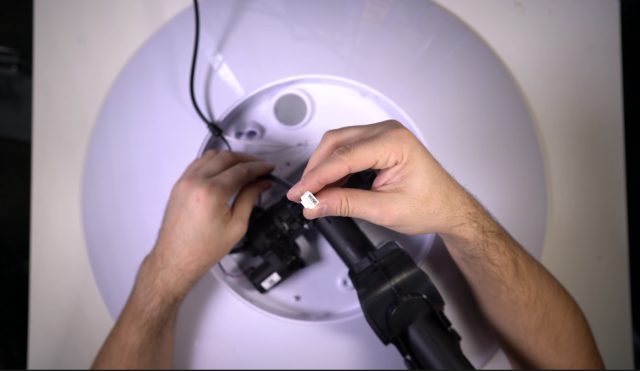
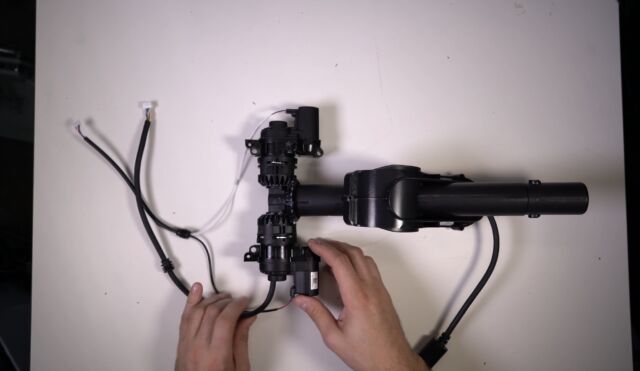
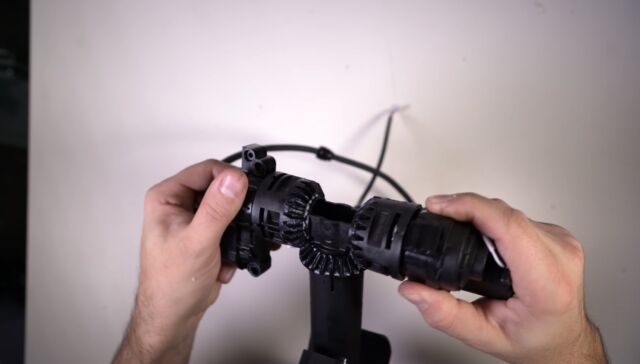
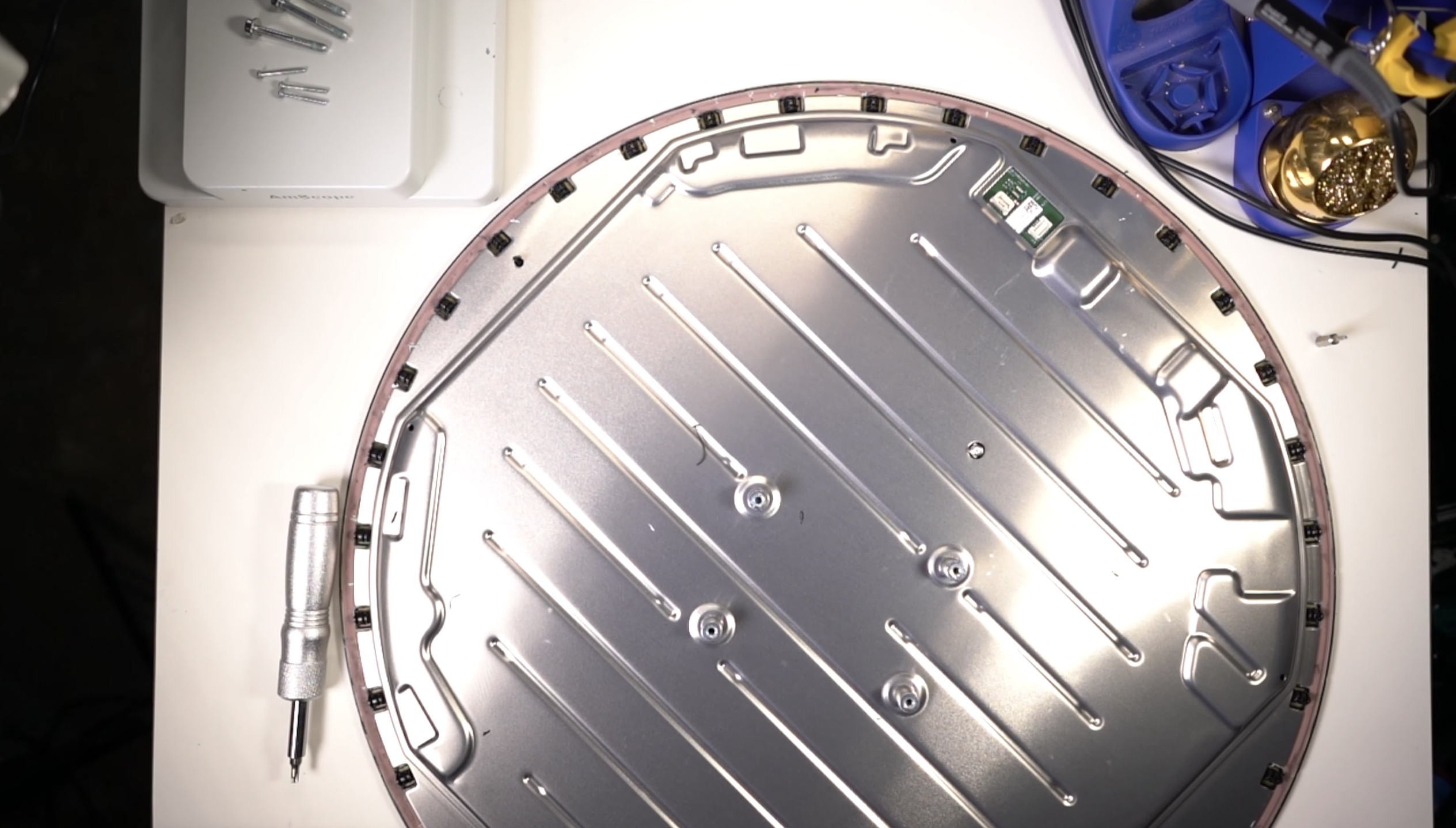

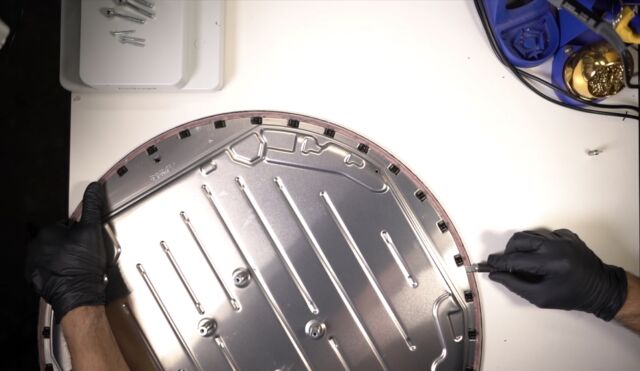

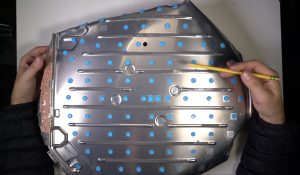
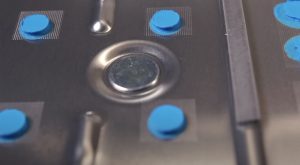
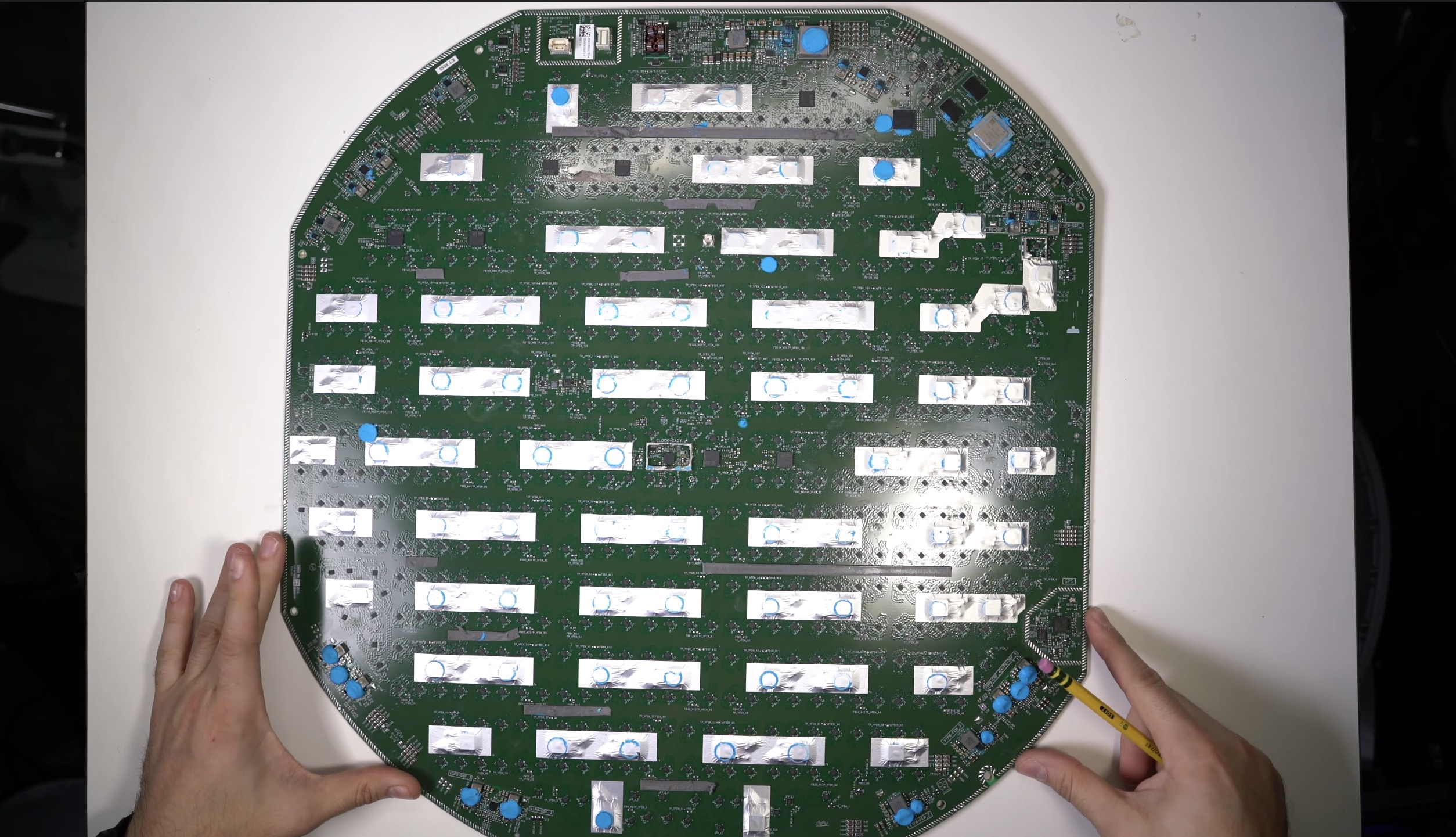
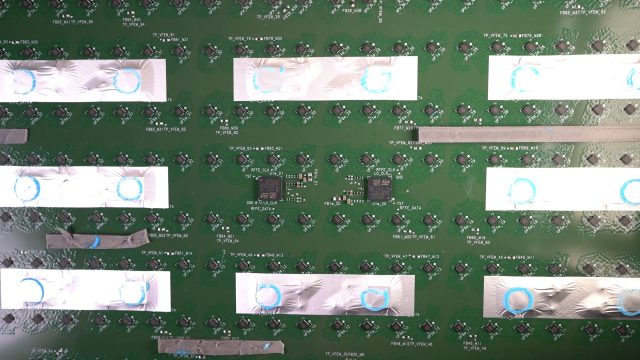
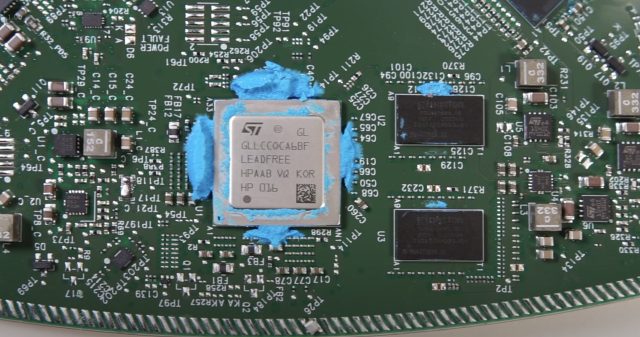

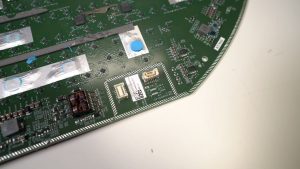
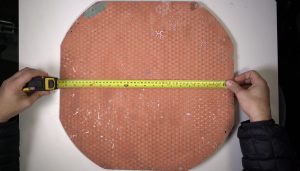



 Loading comments...
Loading comments...
